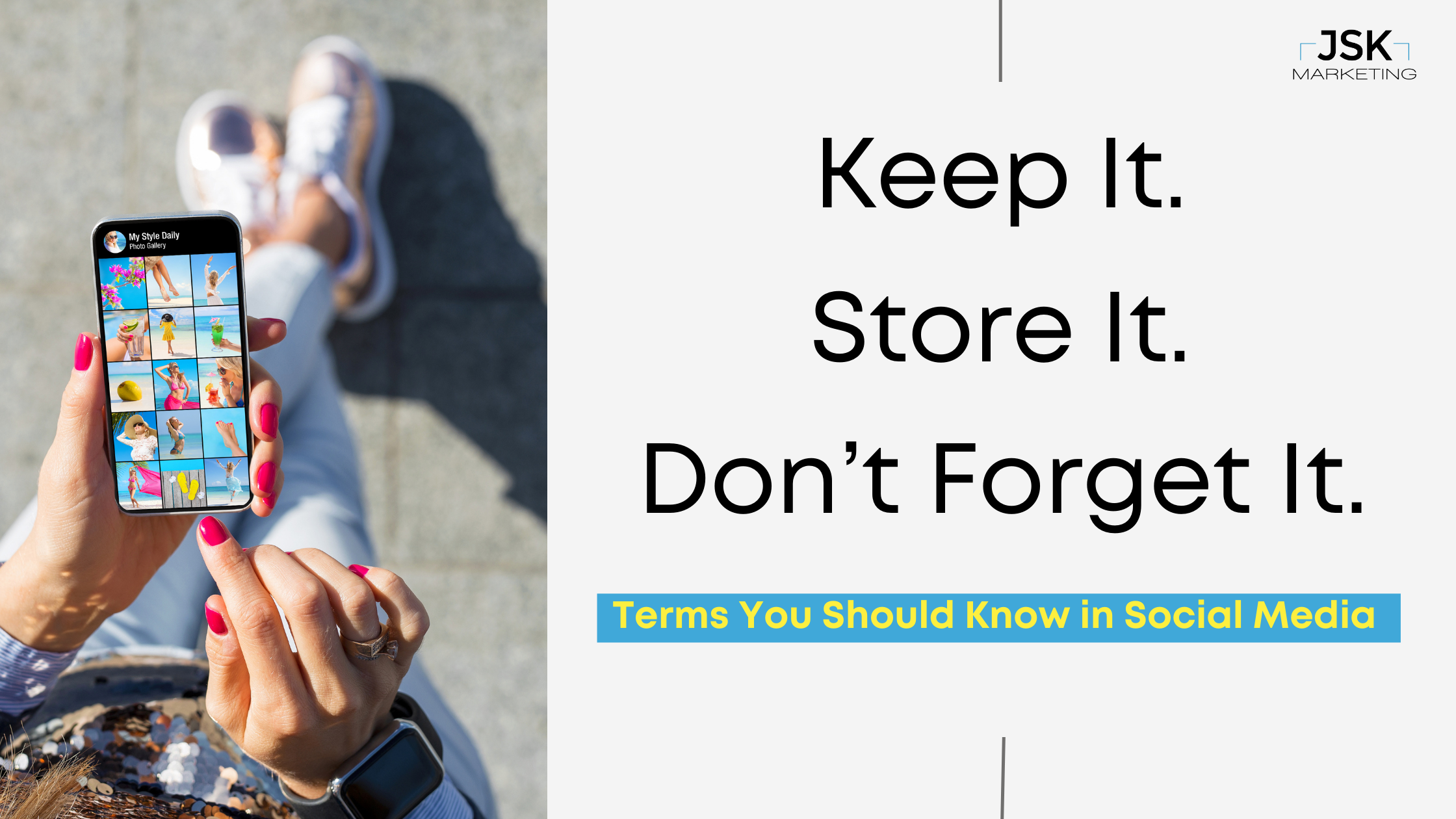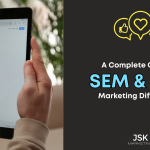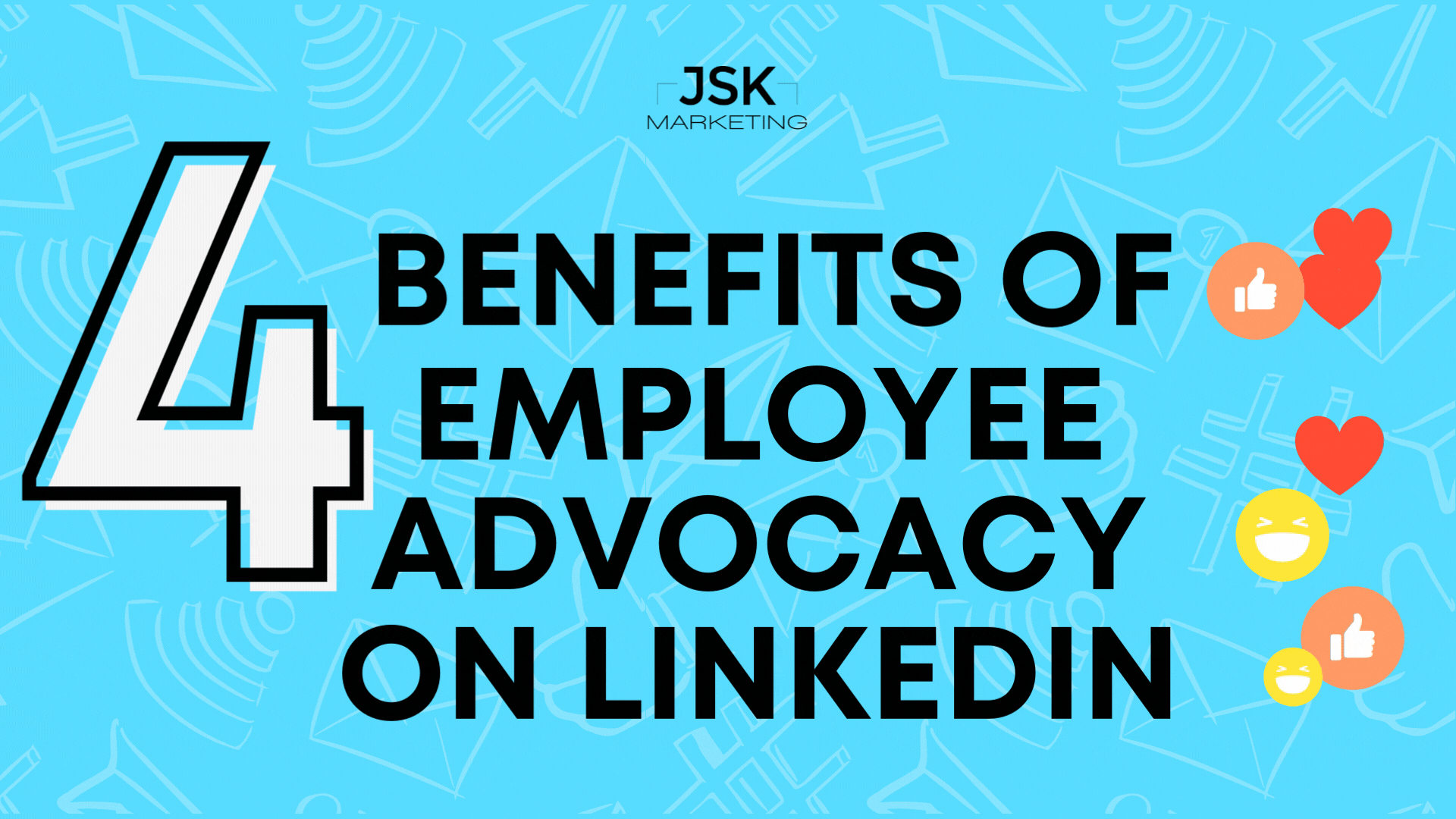
Whether you’re hung up on the difference between Instagram’s story and reel features, or you’re new to the TikTok world, staying up to date on social media terms can help you communicate and engage more effectively. Below is an alphabetical list of social media terms and definitions you should know that are associated with social media marketing for each platform.
- Archive: This is a feature that allows you to hide a post without deleting it.
- Bio: This is the copy below your username where you can share information about yourself or your company.
- Bio Link: (Or link in bio) This refers to the link that can be added to your bio that visitors can click on that will bring them to a website or product page.
- Boomerang: This is a continuous, short video that plays on loop repeatedly.
- Explore Page: This is where you can discover new users and pages based off the types of posts you typically interact with.
- Gallery: (also referred to as Carousel) This is the feature that allows you to post up to 10 photos at a time.
- Highlights: These are displayed on your profile under your bio. They are made up of content you’ve posted onto your story.
- Instagram ads: These are paid posts that are delivered to your target audience.
- Instagram Live: This is a feature that allows you to go live from your phone to your followers.
- Instagram Stories: These are 15 second pictures or video content that can be viewed up within 24 hours after posting. After 24 hours, the story is deleted unless added to your highlights.
- Reels: These are video posts that are filmed in portrait mode that lasts up to 90 seconds.
- Boosted Posts: These are posts that you pay to reach more users. These cost as little as $1 a day.
- Cover Photo: A larger photo at the top of your profile.
- Friend: Other users you connect with on Facebook.
- Facebook Stories: These are identical to Instagram and can be shared simultaneously through Instagram to Facebook.
- Groups: You can become a part of these communities where people share the same interests as you.
- Marketplace: This feature allows you to sell and buy products.
- Messenger: This is Facebook’s messaging platform that allows users to have private conversations with other users.
- Pages: Profiles for businesses, organizations and brands to share updates and interact with followers.
- Reactions: These allow you to do more than just “like” a post. These include, love, care, sad, wow and angry.
TikTok
- Challenge: This is where TikTok creators invite others to participate in a growing trend. This could be a dance move, a talent or something silly.
- Duet: This is a video that is posted alongside another TikTok video that plays simultaneously. One is usually in response to the other.
- FYP: This is your “For You Page.” This is where you discover similar videos to what you’ve liked and interacted with show up.
- Influencer: This is a user with a large following who has the potential to influence trends, opinions or product choices.
- Livestream: This feature allows users to broadcast live videos to their followers, interact with them in real time and receive gifts from
- viewers.
- Sound or Audio: This is the background music or sound clips in videos on TikTok. These can be created on your own or you can use existing sounds shared by others.
- Stitch: This occurs when you use a clip from another user’s video to create your own content.
- Connection: This is like a friend or follower on other platforms, except this one represents a professional relationship.
- Endorsement: Users can endorse the skills listed on someone’s profile to vouch for their expertise in those areas.
- LinkedIn Learning: An online learning platform offering courses on a variety of topics, often used for professional development.
- Sponsored Content: You can pay to promote your posts to a wider audience.
- Recommendation: This is a long form endorsement where a connection writes a testimonial about your skills, talents and character.
By familiarizing yourself with these essential terms, you’ll be better equipped for social media marketing and leveraging your personal or professional brand. Staying up to date with these terms and new ones that develop daily, is the key to having successful online communication.




